The views expressed in our content reflect individual perspectives and do not represent the authoritative views of the Baha'i Faith.
Born to a renowned architect and his wife in Montreal, the intrepid Baha’i Mary Maxwell later became known by the honorific title of Amatu’l-Baha Ruhiyyih Khanum, meaning “handmaiden of glory.”
As a young woman, she married Shoghi Effendi, the Guardian of the Baha’i Faith, cementing the close ties between East and West called for by the Baha’i principle of the oneness of humanity, exemplified in this passage from the writings of Abdu’l-Baha:
… in this age of splendours, teachings once limited to the few are made available to all, that the mercy of the Lord may embrace both east and west, that the oneness of the world of humanity may appear in its full beauty, and that the dazzling rays of reality may flood the realm of the mind with light.
RELATED: Tunupa, the Aymara Messenger of God from Lake Titicaca
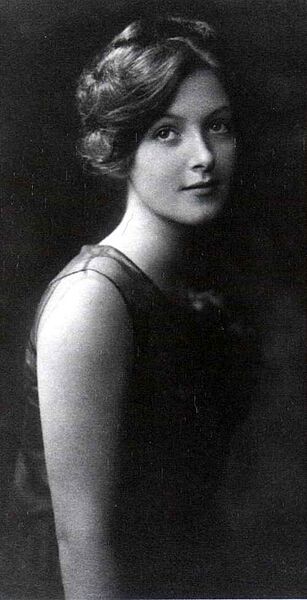
A world citizen, a world traveler, and a great lover of Indigenous peoples all over the world, Ruhiyyih Khanum crossed Africa and South Asia by foot, car, train, and plane. She inspired and educated Baha’is and those interested in the Baha’i Faith in cities, small towns, and remote villages alike. In her later life, she followed the yearnings of Abdu’l-Baha, who said “Oh! that I could travel, even though on foot and in the utmost poverty, to these regions and … in cities, villages, mountains, deserts and oceans, promote the Divine teachings!”
Despite the shock of Shoghi Effendi’s sudden passing in 1957, Ruhiyyih Khanum fulfilled her yearning to “promote the Divine teachings” and travelled the world announcing the coming of Baha’u’llah’s revelation to the people she met.
The Baha’i communities in Latin America grew rapidly in the 1960s and 70s. To reach out to the Indigenous peoples there, Ruhiyyih Khanum decided to make another extraordinary journey in 1975. She had travelled in the air and on the ground, but this time she would go a whole new and much more adventurous way: by water.
The Amazon is the largest river in the world. It discharges more water into the ocean than the next seven largest rivers in the world combined. Twenty percent of all the river water that flows into the ocean comes from the Amazon. North of the Amazon is another mighty river: the Orinoco, the fourth largest river in the world and one of the longest. Flowing through the countries of Colombia, Venezuela, and Suriname, many Indigenous people lived along it in lush forests.
Ruhiyyih Khanum decided to go upriver on the Amazon and the Orinoco, and called her riverine travels The Green Light Expedition. She believed that Shoghi Effendi would have wanted her to make a special effort to meet Indigenous people all over the world. As the last living link to the holy family of the Baha’i Faith, she had already helped to uplift the hearts and visions of the Baha’is across more than thirty African countries.

Before going to Africa for the first time, Ruhiyyih went to pray at Shoghi Effendi’s grave in London. On her way back to Haifa (where the World Centre of the Baha’i Faith is situated) after an absence of more than three and half years, she once again went to bow her head in gratitude at the resting place of her beloved husband. When asked about her previous African trip and its physical challenges she said:
I am a widow, sixty-two years old; I have no children, no sisters, no brothers, no parents. The only reason I have come to Africa, at this age, is in response to the beautiful words of Abdu’l-Baha, and because the only time the beloved Guardian gave any indication of what I might do after him, was one day, when suddenly, he looked at me and said, ‘What will become of you after I die …?’ This distressed me very much and I pleaded with him not to say such a terrible thing, that I would never live after he was dead; but he continued and said, ‘I suppose you will go and visit the [Baha’i] friends in different countries and encourage them.’
Ruhiyyih Khanum told the Baha’is “If I can do this at my age, of course you can do it too.” Her account of what came to be called “The Green Light Expedition” in South America tells the amazing stories of her arduous trip up the Amazon and the Orinoco to meet and greet the Indigenous people who lived there. She mischievously named their little 60-foot barge “The Queen Mary,” and minimized the arduous nature of the trip as she reported on her party’s progress upriver:
Every evening our boat was moored on a sand bank for the night. Our first job in the morning was to roll up our hammocks and get them out of the way. Life aboard the Queen Mary was in no way difficult. In fact, the only real inconvenience were the black flies which in this particular moment were so vicious that I wore my mosquito net hat. Wonderful as the water was for drinking it was usually very dangerous to swimming.
The [Indigenous people] always seemed to know where is safe to go in and our captain strongly advised the men that they should only bathe from the rocks. We soon found out why. I caught three man-eating piranha fish in less than two minutes. Every morning we held prayers for the success of our expedition and that we would be guided to do the right thing and meet the right people during the day.
Along the Orinoco River and also in the neighbourhood of Puerto Ayacucho itself there are a great many Baha’i communities … Over and over again after we had had prayers we found that the door would open in the most remarkable ways for us to meet the people that we wanted to see. The Piaroa […] invited us to their village, as it was an hour’s walk from the river they agreed to come back and take us there. The Mataco or Wichi are a group of tribes that speak the same language and live in Argentina and Bolivia. The Piaroa are an Indigenous people who have lived in the Orinoco River so that in this case seemed to be to make a great river journey up the Orinoco.


Masud Khamsi, a devoted Baha’i from Iran who served as a Baha’i Counsellor in South America helped organize this extraordinary trip. They began in the country of Venezuela, which borders the Atlantic Ocean. The Green Light Expedition became an amazing voyage, all recounted in Ruhiyyih Khanum’s own words:
The small Baha’i community of Puerto Ayacucho met us at the airport and helped us load our provisions onto the truck. It took us over an hour to reach Venado a huge flat hunk of rock into the Orinoco river. This is the place where all traffic above Puerto Ayacucho leaves for the interior. Some weeks previous to our arrival, Mr. Khamsi had rented a large river barge which was waiting for us and for our 60 pieces of equipment, baggage and provisions. This was the ship that was going to take us 1700 km to visit 8 different Indian tribes in the interior. This is to be our home for 32 nights and we named her the Queen Mary. …
We met a Piaroa Chief. We invited him aboard our boat to have coffee. He said that fifteen years before he would have been afraid to go on a boat that was owned by white men … this shows how much people are changing. It also shows how the spirit of the Baha’is gives people confidence. He was a widower whose wife had died when their last child was born and he was bringing up a group of small children himself. The attachment of the children to the father and the extraordinary tenderness that he showered upon his children was very, very touching …
We discovered that eight years ago the Piaroa Chief was already in contact with some of the Baha’is … If a man such as this accepts Baha’u’llah’s teachings he will not only be a very fine believer but instrumental in bringing in many, many of his people into the Cause of God. The Makos as a tribe have never been converted to Christianity. We were fortunate to meet their more important chief, who called a meeting to hear about the Faith …
The Green Light Expedition continued for many months, and Ruhiyyih Khanum later called it one of the greatest adventures of her remarkably adventurous life.
This article is excerpted from the new biography Ruhiyyih Khanum, by Hussein Ahdieh and Hillary Chapman. If you’d like to read more about Ruhiyyih Khanum’s life and adventures, the book is available here and here.


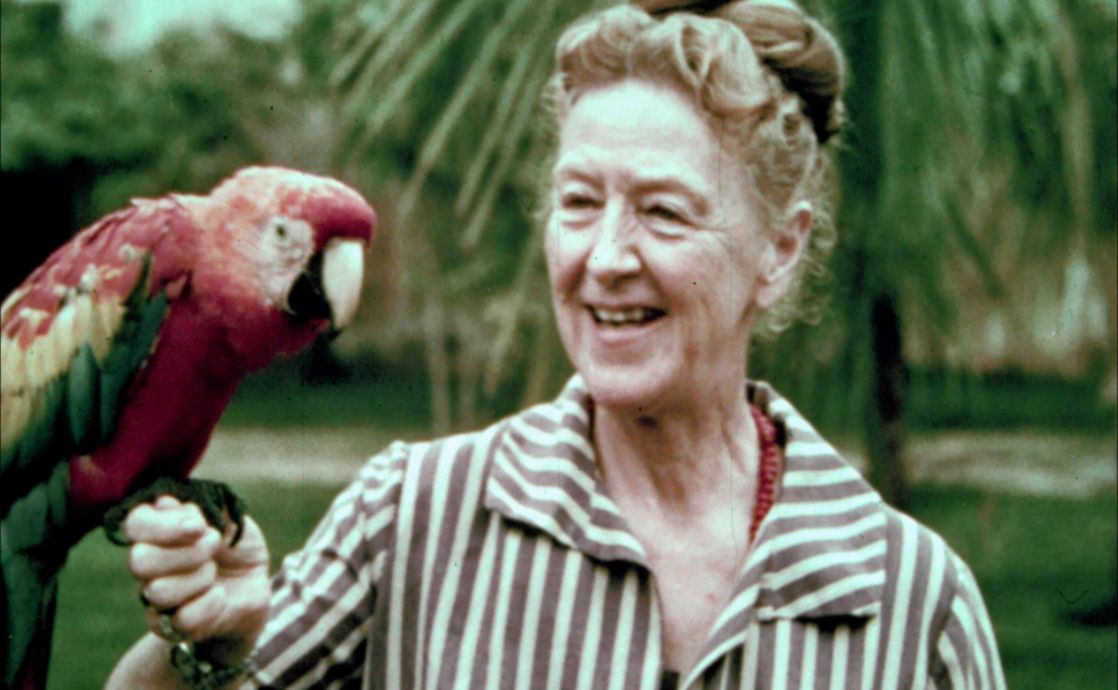
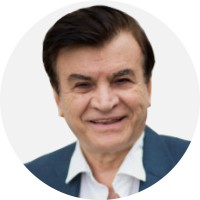

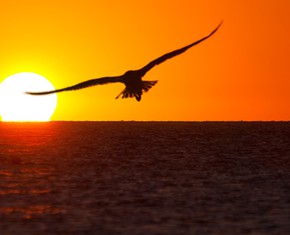

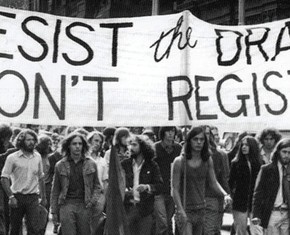









Comments
Sign in or create an account
Continue with Googleor